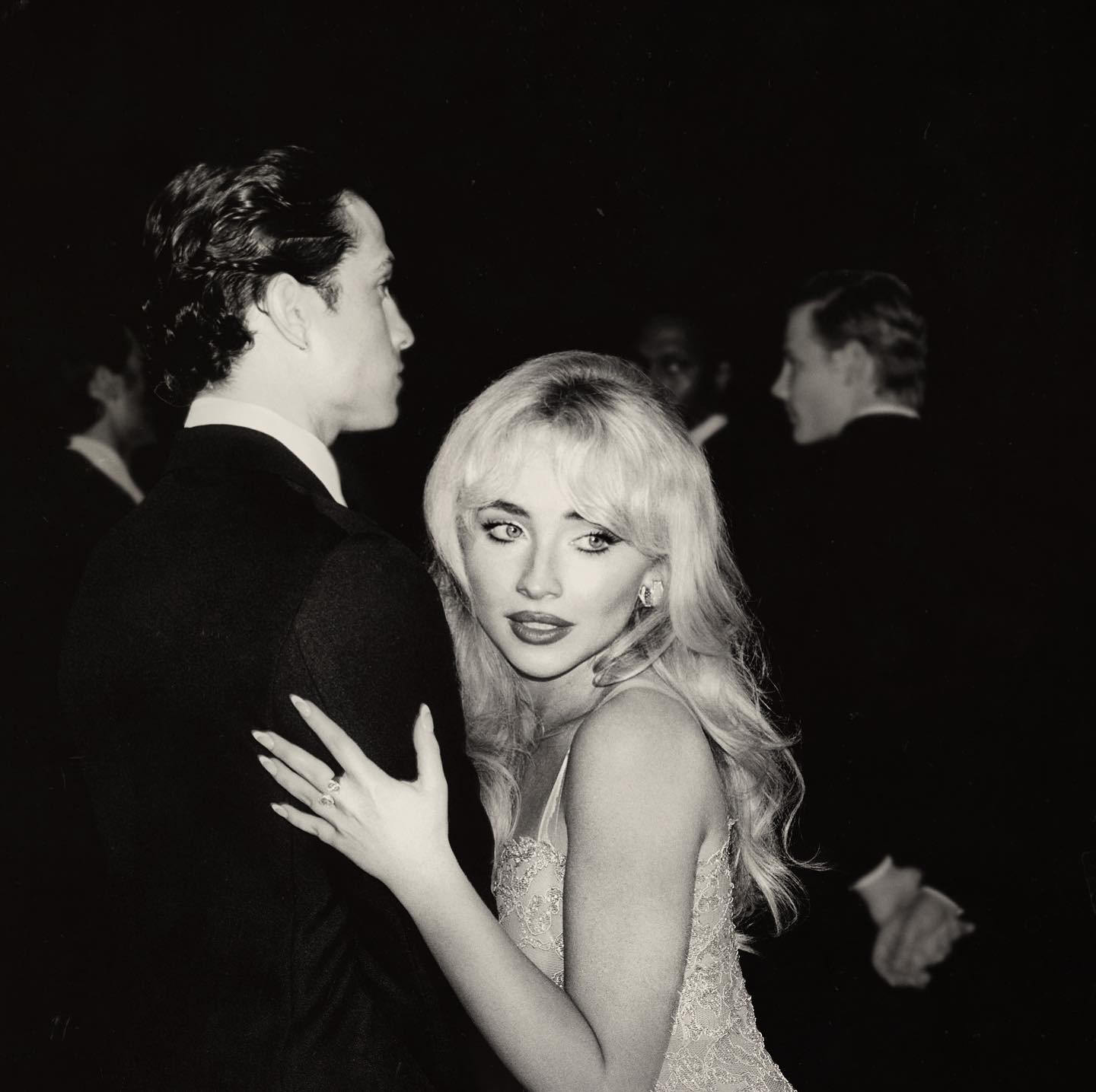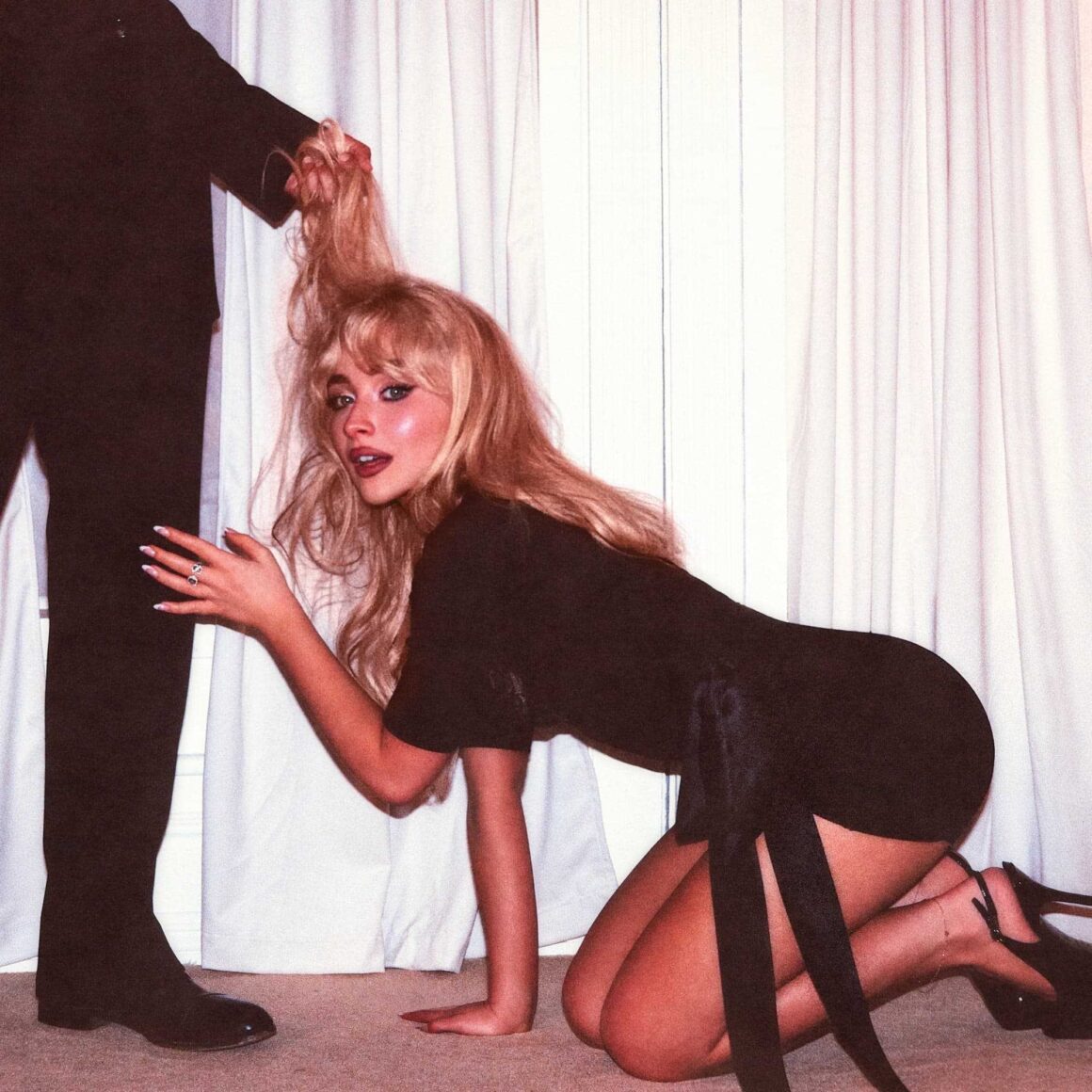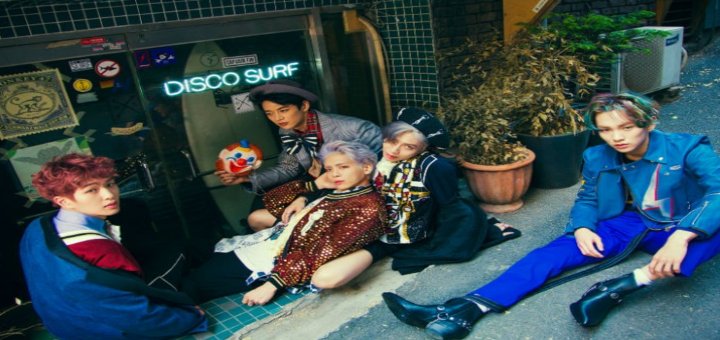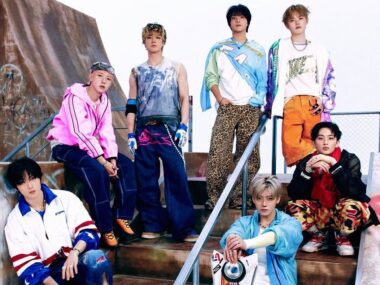At first glance, the album art for Sabrina Carpenter’s Man’s Best Friend sparked outrage. The image of her posed on all fours while a man grabs her hair, ignited an instant firestorm: Was it anti-feminist? Was it a parody? Was it just provocative for the sake of going viral?
But here’s a theory worth considering: Man’s Best Friend isn’t about submissiveness. It’s a biting, satirical take on how certain men mistreat the women in their lives. A deep dive into how society enables misogynistic behavior through rigid gender roles and double standards.
A Bitch by Any Other Name
The phrase “man’s best friend” usually refers to a dog. A loyal, obedient creature. But call a woman a “bitch” (another word for a female dog) and suddenly that loyalty becomes a weapon. She’s dehumanized and written off as being aggressive, controlling or malicious. Choosing this title and pairing it with imagery that mimics a submissive canine, Sabrina is twisting the phrase back on itself.
The Satire is in the Subtext
The album art is controversial for a reason. All the hard work women have put into establishing basic rights for themselves and being seen as equal to men are being stripped away in real time. Critics argue that Sabrina’s image of a retro-inspired sex kitten is regressive while her fans argue that it’s satire. But what if both takes are true?
The image evokes the feel of a vintage photo shoot. The aesthetic is glossy and hyper-feminine, but there’s a wry smile underneath it all. It’s the kind of visual that asks, “Is this what you want from me? Fine. I’ll give it to you.” Only it’s exaggerated enough to make you uncomfortable.
What’s genius is how it plays with perspective. If you see the cover as submissive, maybe that says more about your own assumptions than it does about Sabrina. As one critic put it, it’s a “contemporary Rorschach test.” Everyone sees something different.
“Manchild” Sets the Tone
If the cover made people uneasy, the lead single should have made things clear. Manchild is exactly what it sounds like: a frustrated, sarcastic takedown of immature men who expect the world from women while offering nothing in return.
Sabrina’s previous singles like Please Please Please and Feather already walk the line between cheeky and cutting. She’s built her brand on flirting with the male gaze while exposing its ridiculous expectations. Man’s Best Friend looks like an expansion of that.
The Alternate Cover Art
In response to the controversy, Carpenter released an alternate cover for the album.

This one is shot in black and white, with Sabrina all dressed up and clutching the arm of a man wearing a suit. It’s more palatable than the original but it’s also difficult to decipher.
She’s surrounded by men yet for the most part they ignore her. Even the man she’s clinging to fails to acknowledge her presence. The image highlights another experience women feel: being loyal in relationships yet feeling ignored by the men in their lives. While the original cover art plays with the idea of a woman being a loyal companion like a dog, the black and white version subverts the message. It shows that even if a woman lives up to a man’s expectations, it’s not enough to save her from being undervalued and taken for granted.
The Risk of Being Misunderstood
Not everyone will take a deeper look at these images for a hidden meaning. Some critics worry that provocative imagery like this can reinforce harmful tropes rather than dismantle them.
That’s a valid concern but it’s also the point. Man’s Best Friend is forcing people to have a conversation about gender roles and how they affect women. Sabrina Carpenter knows exactly what she’s doing. She’s holding up a mirror to the way society views women and asking: why are women still expected to be pets, trophies, playthings?
Hopefully, when the album releases on August 29, 2025, people will focus less on the cover art and more on the story she’s trying to tell. Because one thing is clear: Sabrina is in control of the narrative and she’s not here to be anyone’s pet.
Whether she’s reclaiming the word “bitch,” skewering relationship dynamics, or playing with the male gaze, one thing’s clear: she’s in control of the narrative. And she’s not here to be anyone’s pet.






